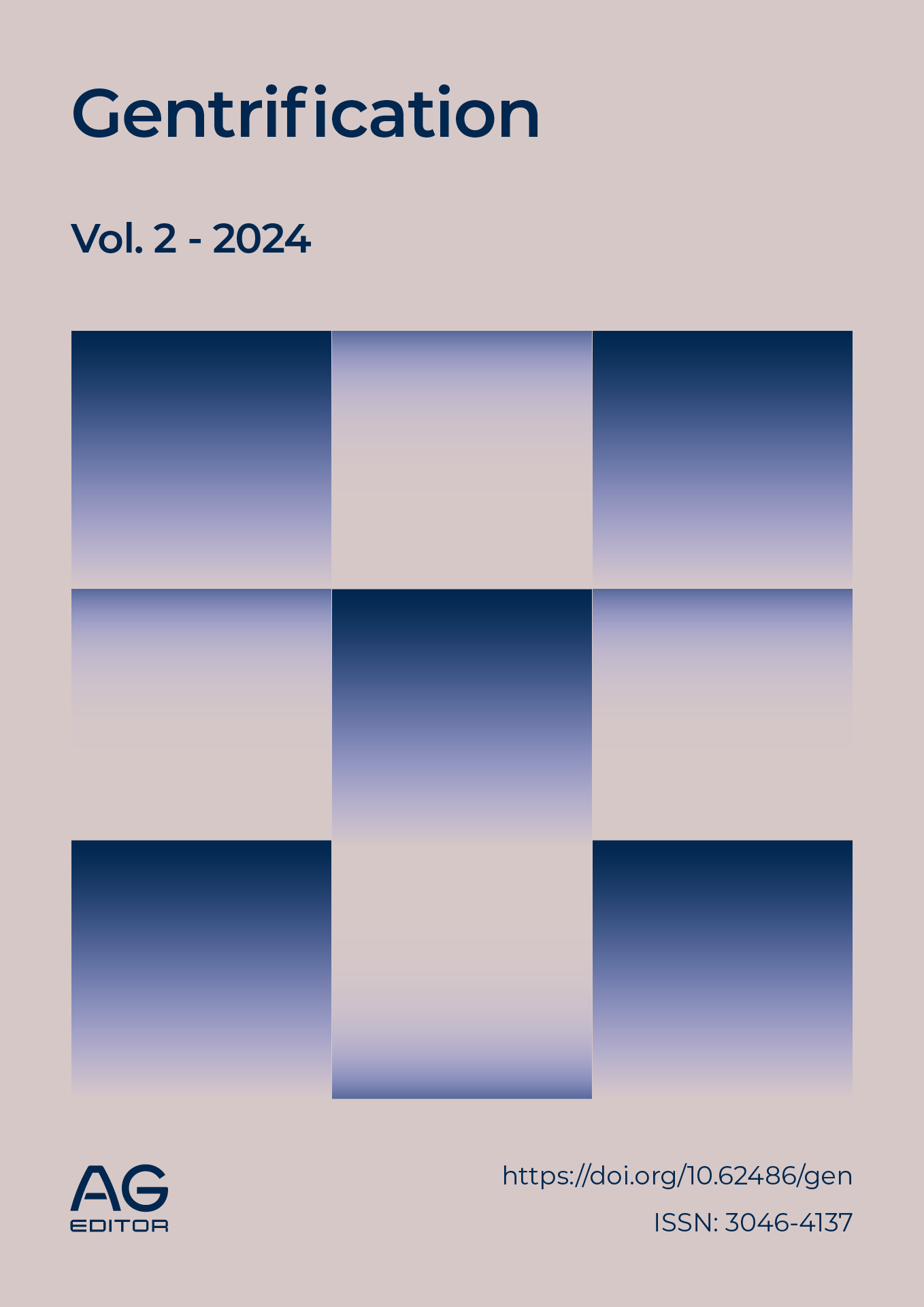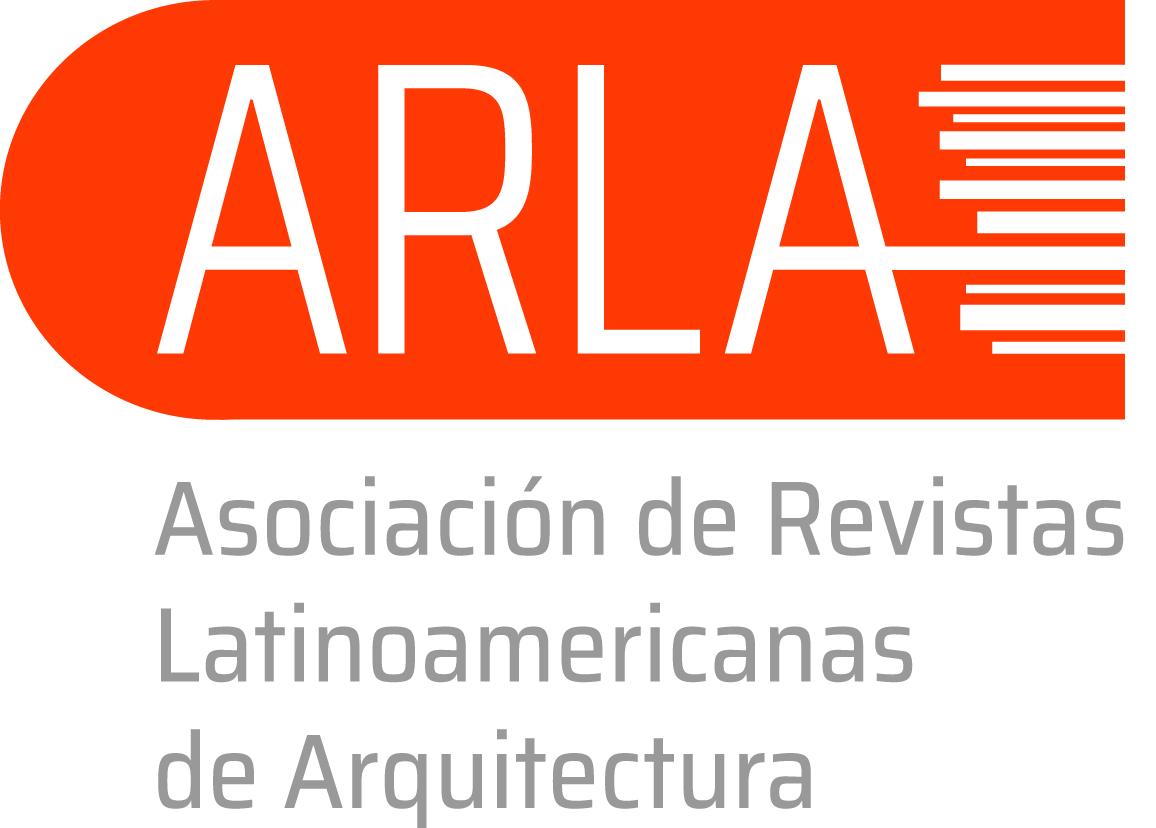Cultural heritage and the teaching of local history
DOI:
https://doi.org/10.62486/gen202448Keywords:
heritage, cultural heritage, historical heritage, local historyAbstract
Historical heritage is part of cultural heritage to the extent that humans have left legacies, inheritances, and testimonies that are inscribed in time as a result of their ongoing relationship with the surrounding environment. Cultural heritage is a specific set of tangible, intangible, and natural assets that are part of social practices, to which values are attributed to be transmitted and then reinterpreted from one era or generation to the next. This is the subject of the following research, which aims to demonstrate how cultural heritage can influence social development. It highlights local history as an important instrument for social development, with knowledge and preservation of our culture playing a fundamental role. The example used is the Viñales Valley, declared a World Heritage Site in 1999, which serves as a successful model of heritage education. Additionally, the study of cultural heritage and its relationship with local history seeks to contribute to the recognition, safeguarding, and social development of heritage. The main results identified show that the relationship between cultural heritage and local history is evident in how cultural heritage works should be used as sources of historical knowledge and can be employed as teaching content in the local history teaching-learning process.
References
Acebo M., W. (1991). Apuntes para una metodología de la enseñanza de la historia local en su vinculación con la historia patria. La Habana: Editorial Pueblo y Educación.
Arjona, M. (1986). Patrimonio Cultural e identidad. La Habana: Editorial Letras Cubanas.
Ávila-Maldonado, Liliam Inés. (2016). El Patrimonio Cultural y la enseñanza de la Historia Local en la formación del estudiante universitario. Revista Electrónico para maestros y profesores
Educación patrimonial en función del desarrollo social. Revista Estudios del Desarrollo Social: Cuba y América Latina, 6(1), 91-110. Recuperado en 12 de febrero de 2024, de http://scielo.sld.cu/scielo
González Henriquez, Elisa, Pacheco Suárez, Yelineis, & Yáñez Pérez, Leticia. (2018). Educación patrimonial en función del desarrollo social. Revista Estudios del Desarrollo Social: Cuba y América Latina , 6(1), 91-110. Recuperado em 16 de feveiro de 2024, de http://scielo.sld.cu/scielo
Mincult. (1977). Ley no. 1 de 4 de agosto de 1977, Ley de los Monumentos Nacionales y Locales Decreto no. 55. Recuperado de http://www.cnpe/legisl/decreto55
Por Unión de Historiadores de Pinar del Río. (2022, Febrero 7). Provincia Pinar del Río: Viñales y su historia. Periódico Guerrillero.
Potter, R. Valle de Viñales Patrimonio Cultural de la Humanidad en Cuba. Mi patrimonio. https://mipatrimonio.wordpress.com
Rubio A., Leysi y Pérez, Irene. (2017) ¿Qué distingue a Viñales como Patrimonio de la Humanidad? Cuba Debate.
Rubio D., A. (1999). El Patrimonio como laberinto y paradoja. PH. Boletín del Instituto Andaluz de Patrimonio Histórico. (25), Año VI, pp. 22–33.
Sitios patrimoniales Cuba. El Valle de Viñales Patrimonio. https://sitiospatrimonialescuba.cult.cu
Unesco. (1998). Informe final Conferencia Intergubernamental sobre políticas culturales para el Desarrollo. Recuperado de http://www.todopatrimonio.com/politicasculturales
Unesco. (2003). Convención para la Salvaguarda del Patrimonio Cultural Inmaterial. Recuperado de http://www.todopatrimonio.com/patrimonioinmaterial
UNESCO. Patrimonio mundial. https://www.unesco.org.
Published
Issue
Section
License
Copyright (c) 2024 Dayanis Corvea Gómez (Author)

This work is licensed under a Creative Commons Attribution 4.0 International License.
The article is distributed under the Creative Commons Attribution 4.0 License. Unless otherwise stated, associated published material is distributed under the same licence.






